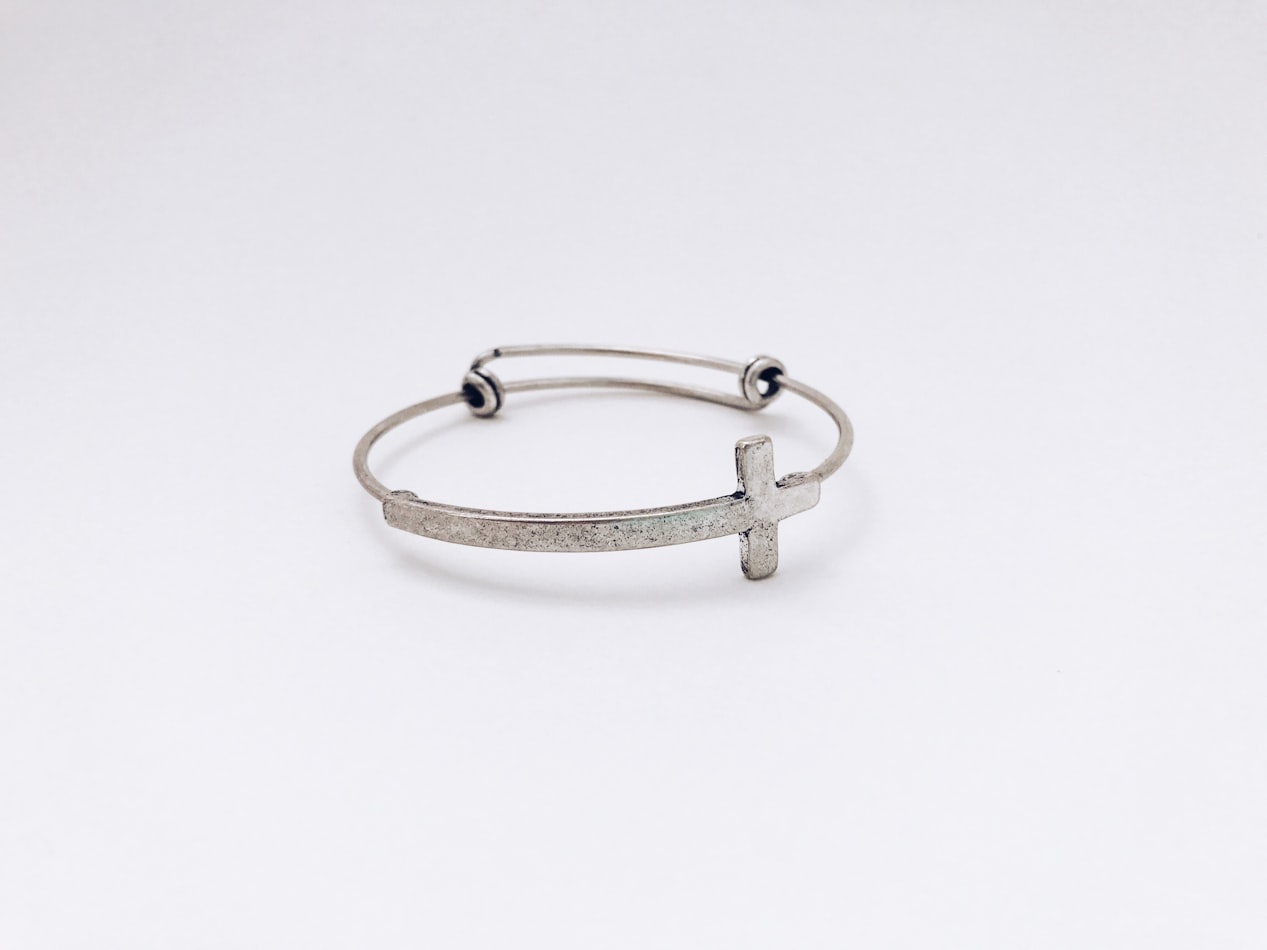
Historically, silver has also been used for crafting fine items such as sterling vases and estate jewelry, dining utensils, sterling candlesticks, and other items. Silver is a much sought after metal in part due to its reflective quality. Pure silver, with all its beauty, is too soft and malleable for crafting items such as jewelry and tableware, so these items are usually made of sterling silver, an alloy made by combining silver with copper or other metals, to make it more durable.
Silver reflects about 95% of the visible light spectrum, but you may not know that all of the silver on earth was formed in the supernovae of stars about 10 times the size of our sun, billions of years ago. Yes. Silver is the stuff of stars.
To keep your sterling silver antique jewelry, silver plated tea sets, and other silver heirlooms looking their best, it's important to take proper care in cleaning and storing them.
Care and Storage of Sterling Items
Proper storage of antique sterling, estate jewelry and is critical for preserving its shine and preventing the oxidation that can cause dullness and discoloration.
It is important to store sterling silver somewhere that's cool and dry. In hot climates, silver should always be kept in an air-conditioned room.
Store each piece of silverware or estate jewelry individually in its own case, pouch, or compartment. This will prevent scratches and nicks.
It is recommended that sterling silver jewelry be stored in a case that is lined with tarnish-resistant material.
Cleaning and Polishing Silver Items
Over time, silver will tarnish and requires regular cleaning to prevent this from happening. For regular cleaning of untarnished items, cleaning items with a mild solution of dish detergent and warm water is recommended. Afterward, items should be dried with a soft cloth. Never use paper towels to dry silverware.
If your silver items look a little bit dull, this is due to tarnish. A silver polishing cloth is the best way to remove tarnish, polish, and shine your silver items back to their once glistening state.
To remove heavier tarnish, it is recommended that you apply a small amount of quality silver polish using a cotton ball, sponge, or soft cloth. Next, rub until the tarnish is gone and wash off any residue. Finally, dry the silver and buff it to a shine using a silver polishing cloth.
Polishing your silver whenever it starts to look spotty or dull is usually enough to keep it in good condition, especially if you don't use it very often. As a rule, silver should be polished at least once a year and it's important to wear cotton or nitrile gloves when doing so, as the oils on your skin can contribute to tarnishing.


